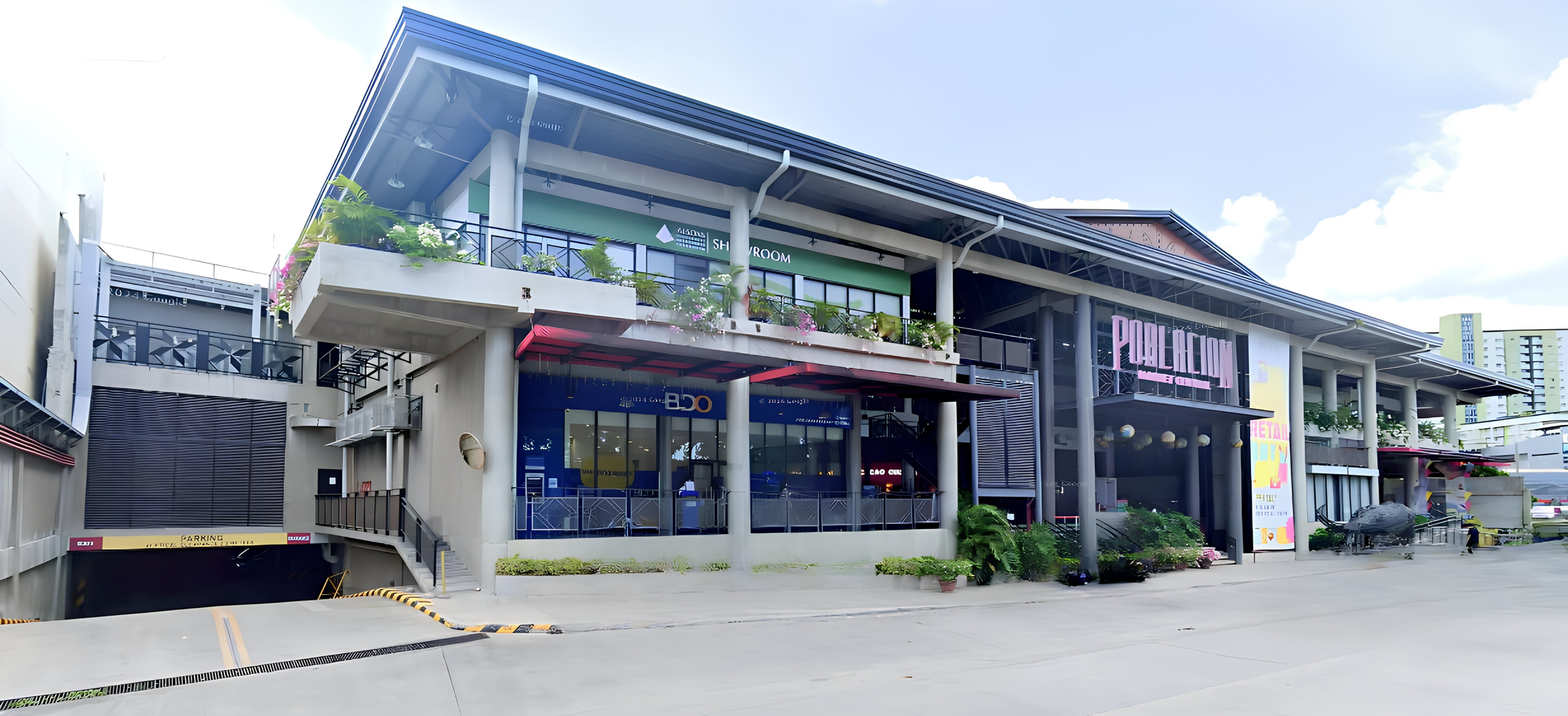The Philippines, a country no stranger to typhoons, is facing a new reality: not just stronger storms, but successive ones. With climate change fueling more intense rainfall and overlapping weather systems, engineers and planners must rethink how infrastructure can withstand not just one event, but a series of disasters. This is where strategic and resilient design becomes essential—and where AC Pama Engineering Consultancy steps in.
Understanding the Challenge of Successive Storms
When One Storm Isn’t the End
In mid-2025, typhoons Wipha (locally Crising), Danas, and Wutip didn’t arrive in isolation. Instead, they brought heavy rain in waves, compounded by the southwest monsoon or habagat. The result? Flash floods, landslides, power outages, and collapsed structures across Luzon and Visayas. In some areas, there was barely enough time to recover from one storm before the next hit.
This cycle is not just exhausting for communities—it’s a test of structural integrity and drainage systems. Traditional infrastructure may be designed for a “one-in-25-year” event, but what happens when you get three major weather systems in one month?
Why It’s Getting Worse
According to climate experts and meteorologists, while the total number of tropical cyclones may decline slightly due to global warming, their intensity and impact are increasing. Warmer oceans mean storms carry more moisture, translating to heavier rainfall and stronger winds. Plus, storms that interact with seasonal monsoons can cause even greater damage inland, especially in areas with poor planning or weak infrastructure.
How Engineering Can Help Weather the Storm?
1. Upgrading Drainage and Flood Systems
A key lesson from recent typhoons is that many cities and towns remain underprepared for heavy, back-to-back rainfall. Clogged drainage, outdated flood canals, and poor runoff planning all contribute to urban flooding.
What can be done:
- Redesign culverts and waterways to handle higher volumes and longer durations of rainfall.
- Use permeable materials and green infrastructure (like bioswales and rain gardens) in urban design.
- Develop catchment systems that store excess water temporarily during successive storms.
At AC Pama Engineering Consultancy, we work with LGUs and private developers to conduct hydrologic and hydraulic studies that simulate storm impacts—not just from a single storm, but from multi-event scenarios.
2. Reinforcing Structural Design for Strong Winds and Prolonged Exposure
In Quezon City during Typhoon Wipha, billboards collapsed and damaged vehicles. These aren’t just freak accidents—they reflect a need to reassess wind-resistance standards and material fatigue under repeated stress.
Engineering solutions include:
- Using typhoon-rated connections and fasteners for roofs and cladding.
- Applying wind tunnel modeling to high-rise designs in typhoon-prone areas.
- Evaluating fatigue resistance in exposed components (especially in telecom towers, signage, and bridges).
At AC Pama, we emphasize performance-based structural design, ensuring that buildings and civil structures are not only compliant with the National Structural Code of the Philippines but are built to last through multiple storm events.
3. Planning for Redundancy in Critical Systems
Storms don’t just damage buildings—they shut down transportation, communication, and power. When these failures happen consecutively, communities can be stranded without help.
Smart engineering includes:
- Designing for backup power systems, protected from flooding and high winds.
- Installing redundant drainage paths in case the primary ones are blocked.
- Creating modular shelter systems that can be quickly deployed or converted from existing structures.
AC Pama helps in designing resilient community infrastructure that protects the most vulnerable during natural disasters, especially in geographically isolated or disadvantaged areas.
A Call for Proactive Design
Building Not Just for Today, but for the Next Storm
Too often, engineering is reactive—fixing what’s broken after the fact. However, in a country where typhoons are guaranteed and successive ones are increasingly likely, design must be proactive and forward-thinking.
This means:
- Factoring in multi-hazard exposure in the early planning stages.
- Designing infrastructure that can handle not just peak loads, but prolonged stress.
- Partnering with experts who know how to integrate structural engineering with climate resilience.
At AC Pama Engineering Consultancy, we believe in building infrastructure that not only meets code but exceeds it, designed with the future in mind, especially in a storm-vulnerable nation like ours.
Need help assessing the resilience of your infrastructure? Contact AC Pama Engineering Consultancy in Davao City—we serve clients nationwide with expert solutions in structural engineering, construction project management, and resilient infrastructure planning.



